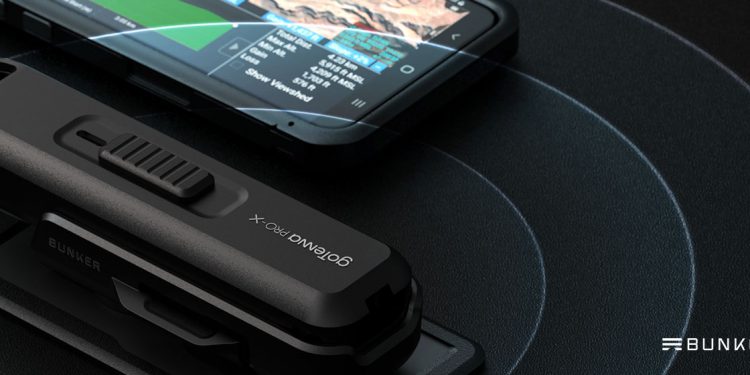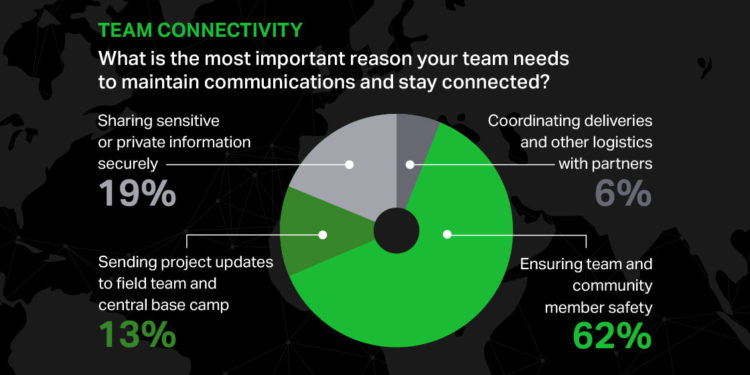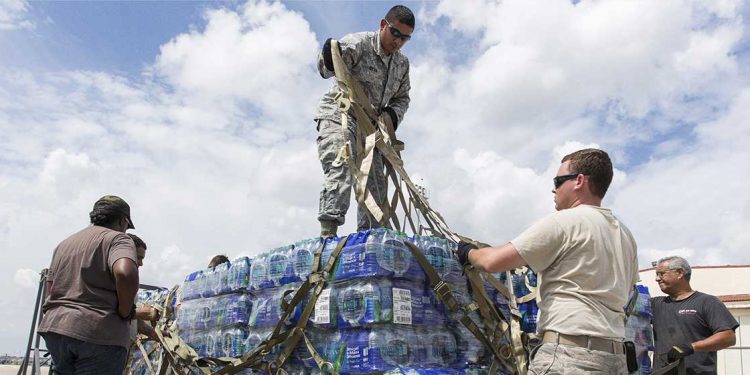
Bunker Supply on developing on-body equipment for those on the frontline
Loss of connectivity at the last mile can often mean life or death for the average wildland firefighter, rescue team member, or soldier. As experts in on-body equipment, Bunker Supply makes it their mission to prevent communications equipment failure by building cases that can survive some of the world’s harshest

Hot Take: GPS trackers versus goTenna Pro X and mobile mesh networks
As part of the Hot Takes series, we’ll be taking a highly debated topic and exploring the pros and cons of both sides. During each debate, you’ll hear from goTenna Pro experts who offer the hands-on experience from working with customers and deploying goTenna Pro X devices in the field.

3 tips from nonprofit professionals on how to stay connected during deployment
According to the UN, half of the world’s population lacks reliable internet access, with the vast majority concentrated in developing countries. As communities around the globe work to close the digital divide over the next few decades, there are countless nonprofit and nongovernmental organizations that need to fill critical connectivity

Infographic | Nonprofits on navigating connectivity in the Digital Divide
As communities around the globe work to close the digital divide, there are countless nonprofits and nongovernmental organizations that need to fill critical gaps in connectivity in order to operate safely and effectively now. During a live panel discussion “Navigating Connectivity in the Digital Divide,” we asked nonprofit professionals how

Panel Recording | Nonprofits on navigating connectivity in the digital divide
Half of the world’s population lacks reliable internet access, with the vast majority concentrated in developing countries. As communities around the globe work to close the digital divide, there are countless nonprofits and nongovernmental organizations that need to fill critical gaps in connectivity now in order to operate safely and

Top 5 takeaways from Craig Fugate’s keynote address at IWCE 2020
Last week’s IWCE 2020 conference featured 48 breakout sessions on everything from broadband to deployable networks, and even featured keynote speakers such as former FEMA Administrator Craig Fugate. In his keynote address, Fugate addressed hundreds of virtual attendees on an often overlooked area of critical communications — interoperability with disaster

Video | “Bring the Network with You: Deployable Networks and Off-Network Communications” Panel Session at IWCE Virtual 2020
This panel is ideal for first responders operating in rural and disaster-prone communities. Discussing technologies ranging from low-earth orbit satellites to mesh networking, this panel will share examples of how to “bring the network with you” so that you can gain access to portable, quick, and turnkey solutions when coverage

Video | IWCE Virtual 2020: Craig Fugate Keynote Address
The IWCE 2020 conference featured 48 breakout sessions on everything from broadband to deployable networks, and even featured keynote speakers such as former FEMA Administrator Craig Fugate. In his keynote address, Fugate addressed hundreds of virtual attendees on an area of critical communications emergency management agencies often overlook: interoperability with

Top off-grid communications sessions to attend at IWCE Virtual 2020
The International Wireless Communications Expo, also known as IWCE, is an annual conference that brings together professionals from the communications field to discuss critical issues ranging from 911 funding and modernization to spectrum management, interoperability, and more. This year, IWCE is going virtual with 48 online breakout sessions from August
Webinar | Technology for tracking disaster response teams
Tornadoes, hurricanes, earthquakes, and other natural disasters cause frequent damage to centralized cell, wifi, and RF communications networks. No matter the mission, response teams still need to find a way to communicate and maintain situational awareness in the immediate aftermath of a disaster. Watch leading UAS training organization Granite Defense



